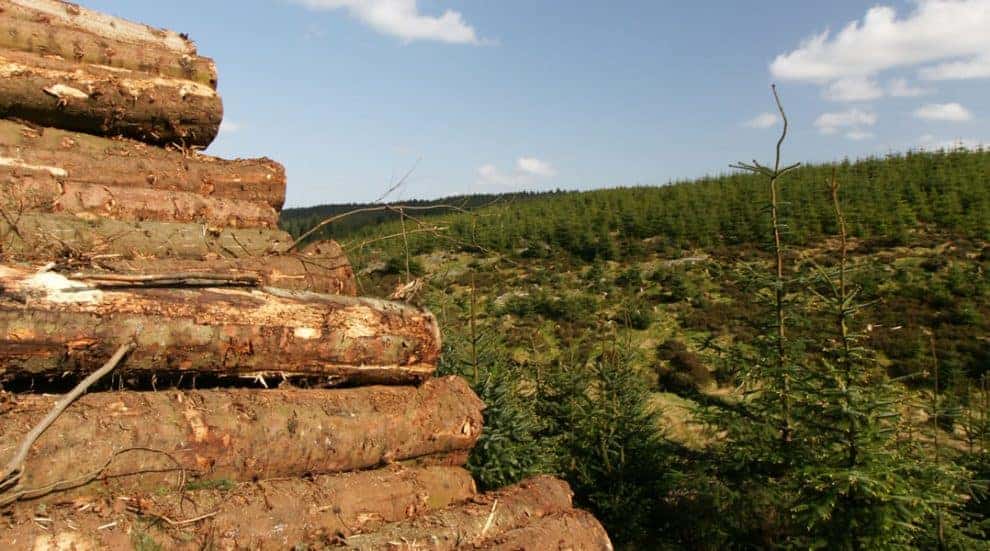Forecasting has achieved a somewhat mystical status. This is undeserved. High dependence on a third party forecast is simply an exercise in transferring responsibility and accountability. Elevating the role of a forecast supports this mythology and discounts the primary importance of prudent analysis, focused objectives, and rigorous implementation. However, an open forecasting effort, where the key decision makers use the analysis as an opportunity to test assumptions, explore scenarios, and develop risk management plans, can further strengthen a disciplined investment or operating team.
In practice, business entities of all types operate in uncertain environments where decisions must be made and opportunities pursued. For those building budgets and developing strategic plans for timberland investments and wood using industries, consider these four tips when evaluating the usefulness of timber price and economic forecasts relevant to the forest industry:
Confirm the performance of previous forecasts.
This applies regardless the source, whether you use projections generated inside or outside your organization. Forecasting requires too many arbitrary choices, from the quantitative techniques applied to the qualitative judgments for framing results, to disregard available information on prior performance. How else to evaluate rigor? We back-test models and share historic performance to learn, improve and educate. [We’ve posted Forisk Forecast ‘Scorecards’ for 2012, 2013, 2014, and 2015. During this time, the number of subscribers to Forisk’s research quadrupled.] If the goal of the timber forecast is to plug a hole or check a box, then simply use the current price or a trend line. But if the goal is to develop a nuanced view of the future, confirm the forecast process used to develop this view. Which encourages us to…
Question forecast results that make you sweat or smile.
Timber forecasts that get you overly excited or encourage binge drinking are likely disconnected from operational realities on the ground. The forest industry has a history of unnecessarily grim or orgasmic projections. Over one hundred years ago, U.S. headlines warned of impending “timber famines.” In reality, plentiful U.S. forests helped supply resources for two World Wars and a Baby Boomer housing market. Ten years ago, projections for wood bioenergy markets encouraged a flurry of investments that worried traditional wood users and encouraged timber price optimism. In reality, many ill-advised projects ignored the true obstacles for biofuels or limited growth for wood pellets. Five years ago, clients called with excitement about a potential ‘super cycle’ for lumber prices. I had multiple presentations to discuss how that story, while interesting, conflicted with our understanding of two concepts. First, the U.S. has plentiful softwood log supplies. Second, housing was not likely returning to 2 million starts. In short, how does a market with 40% more pine grade on the ground and 25% fewer housing starts when back to normal support any price cyclicality outside of normal ranges? This helps explain why we….
Use an average for macro and housing forecasts.
Why? We do this because the approach leads to the most accurate estimate of future results for macroeconomic variables. A timber forecast or forest industry analysis that relies on a single housing forecast is akin to market timing. If the economic cycle is off, the entire set of outputs slide, weakening all valuation estimates and associated budgets. The question to answer with a timber forecast remains “how will this local wood basket or timber market perform relative to all others given this set of macro assumptions?” That is why it helps to….
Check to see how the forecast tests sensitivities.
Some drivers are more important than others. And some information is more knowable than others. For this reason, we allocate most of our resources to confirming knowable facts on the ground related to mill investments, forest supplies, technological advances, logging capacities and ownership trends. Then, we use scenario analysis to test the key assumptions. Forecasting includes four parts: the level, direction, magnitude and timing. Each is successively harder to pin down. Sensitivity analysis and scenarios provide a means to test ideas on specific markets with respect to how much prices could change, and when.
This content may not be used or reproduced in any manner whatsoever, in part or in whole, without written permission of LANDTHINK. Use of this content without permission is a violation of federal copyright law. The articles, posts, comments, opinions and information provided by LANDTHINK are for informational and research purposes only and DOES NOT substitute or coincide with the advice of an attorney, accountant, real estate broker or any other licensed real estate professional. LANDTHINK strongly advises visitors and readers to seek their own professional guidance and advice related to buying, investing in or selling real estate.










Add Comment